Today in our blog, we will discuss IoT device penetration testing. Before we go into the IoT Pentesting section, let’s see what IoT is and why it is a concern in the modern days of digitalization.
“The Internet of Things (IoT) represents the network of physical objects—a.k.a.” devices “—that are equipped with sensors, software, and additional technologies to connect and exchange data with other devices and systems over the Internet.” According to estimates, there will be 55.7 billion IoT devices on the planet by the end of 2025.
But is it a secure system? According to reports, the IoT security market reached 3.35 billion in 2022 and is predicted to increase at a CAGR of 26.36% to 13.36 billion by 2028. In the first half of 2022, malware assaults on IoT devices surged by 77%. Furthermore, there are numerous reasons why IoT companies are relying on securing their devices.
Let’s check out the reasons and all about the security testing of IoT devices in our complete guide. We’ll shed light on the what and why of IoT testing, and the benefits, challenges and why should you as a business trust a service provider.
Why are Businesses Worried About Securing IoT Devices?
The Internet of Things penetration testing includes a wide range of linked devices inside a network, from smart household appliances to driverless vehicles. And, unlike in the past, when cybercriminals exclusively targeted computers or cellphones for personal or sensitive data, emerging IoT risks target anything that interacts with the internet.
If a cybercriminal successfully hacks into a smart vehicle, for example, they may be able to disable security measures or driving capabilities. A cybercriminal who compromises medical equipment, such as a heart monitor, may be able to interrupt communication to and from the internet, causing the gadget to malfunction and endangering lives.
The new world of IoT and linked devices has created a vast attack surface with an exponential growth in the number of access points for hackers. Furthermore, cyber-attacks on IoT devices are a real and serious concern. Cyber-attacks have the potential to damage how we use our gadgets to operate our homes, automobiles, and even how we bank. Without question, the Internet of Things is the technological future. However, as the popularity of IoT goods grows, so does the number of vulnerabilities discovered in such items.
It is now more vital than ever to properly secure the Internet of Things to safeguard your sensitive data, appliances, and overall well-being. Here comes the role of IoT penetration in securing the device. Let’s see how and why.
What is IoT Device Penetration Testing?
IoT penetration testing is a thorough assessment method that replicates real-world cyberattacks on IoT devices and networks. Furthermore, this systematic approach entails many strategic measures, each of which contributes to a comprehensive review of the security landscape around these smart devices.
IoT penetration testing is essentially a simulated assault on IoT systems, similar to a security exercise. Furthermore, the goal is to identify vulnerabilities and flaws that hackers may exploit, allowing companies and people to take proactive remedial steps.
The relevance of IoT penetration testing cannot emphasize in a future where IoT devices are poised to outnumber people. Furthermore, cybercriminals are growing more adept, and unsecured IoT devices might become possible access points into larger networks. A successful hack might result in unauthorized access to sensitive data or possibly compromise safety-critical systems.
IoT penetration testing encompasses entire ecosystems rather than individual devices. Every networked node, from smart homes to industrial facilities to connected cars, poses a risk. Thorough IoT device penetration testing assures these systems’ overall resiliency. Hardware, firmware, networks, wireless communications, mobile and online apps, and cloud APIs are all attack vectors in IoT devices.
Related Article: Learn more about why penetration testing is needed
What are the Threats in IoT Devices According to OWASP?
OWASP just issued a Top 10 list dedicated to IoT pentesting. This list identifies the most essential IoT security threats and vulnerabilities that should be addressed during IoT pen testing. The following test scenarios are included in the OWASP Top 10 for IoT pentest.
1. Passwords that are weak, guessable, or hardcoded
Weak, easy-to-guess, or hardcoded passwords should be found during testing to prevent attackers from exploiting them.
2. Insecure network services
Testing should include identifying vulnerabilities in network services used by IoT devices, such as inadequate encryption, improper use of transport layer security (TLS), and susceptibility to man-in-the-middle (MITM) attacks.
3. Insecure ecosystem interfaces
During the pentest IoT device, vulnerabilities in interfaces used to communicate with other systems or devices, such as APIs, web interfaces, and other network interfaces, should be discovered.
4. Inadequate secure update mechanism
Testing should include assessing the security of the technique used to update IoT devices, such as whether updates are signed and verified, as well as the update process itself.
5. Use of insecure or outdated components
Part of the testing process should include identifying IoT devices with known susceptible or obsolete components, such as operating systems or third-party libraries.
6. Inadequate privacy protection
Testing should involve detecting IoT devices that gather and store personal information, as well as validating whether that data is properly protected from unwanted access.
7. Insecure data transfer and storage
Testing should involve determining if IoT devices gather and store personal information, as well as determining whether that data is securely secured from unwanted access.
8. Inadequate device management
Part of the testing process should include identifying IoT devices that lack suitable management capabilities, such as the ability to monitor and limit access to the device.
9. Insecure default settings
Part of the IoT security testing methodology should include identifying IoT devices with dangerous default settings, such as default passwords or exposed network services.
10. Lack of physical hardening
Testing should involve evaluating the physical security of IoT devices and systems, including tamper resistance and environmental safeguards.
Here’s a catch: You wouldn’t want any of these risks to hamper your IoT devices. Would You? Talk to the security experts about how penetration testing IoT devices can help secure your business assets. Discover a call for free today!
Talk to our Cybersecurity Expert to discuss your specific needs and how we can help your business.
What are the Benefits of Pentesting IoT Devices?
Businesses that rely on IoT technology for a variety of purposes should choose to undertake penetration testing. The following are the most potential advantages of IoT pentesting:
1. Aids in the prevention of significant security breaches
IoT devices serve as breeding grounds for malicious hackers to steal key company information and disrupt critical processes. Thus, cybersecurity experts strongly advise using IoT penetration testing to minimize damaging security breaches.
2. Contributes to increased consumer confidence
Customers are concerned about the amount of data security that IoT apps and devices can provide. Proactive measures such as penetration testing can help to maintain a comprehensive cybersecurity ecosystem. It will enable all sorts of businesses, both producers and users of IoT devices, to preserve client trust and confidence.
3. Allows for the promotion of corporate growth
IoT technology has become an essential component of practically all sectors. IoT device pen testing may help a business increase its IoT security posture, allowing it to expand its scope of greater growth. In addition, improved data security procedures and enhanced trustworthiness of IoT can help firms to function more effectively, adding to their long-term success.
4. Maintaining regulatory compliance is made easier.
Entities are concerned about incidents of noncompliance, which can result in penalties and a loss of reputation. Furthermore, IoT penetration testing can help businesses across the world better comply with local and international requirements.
5. Aids in avoiding operational stumbling blocks
No firm wants any impediments to the smooth execution of its activities. Because many entities use IoT devices, security attacks on them might cause unpleasant interruptions in operations. IoT penetration testing can assist in avoiding such situations and increasing corporate efficiency.
Read more: Why IoT penetration testing is necessary for security?
What are the Types of IoT Security Testing?
Securing an IoT device goes through some types of testing. As you read about penetration testing, here are a few more types of testing testers carry out while securing your IoT devices:
IoT Penetration Testing
Security specialists use IoT penetration testing tools to find and exploit security holes in IoT devices. IoT penetration testing verifies the security of your IoT devices in the real world. We particularly mean examining the entire IoT system, not simply the device or software.
Threat Simulation
Threat modeling is a systematic way to identify, prioritize, and mitigate possible risks, including vulnerabilities, for security measures. Furthermore, IoT security testing evaluates risks and provides recommendations for security solutions based on current systems, expected attack methodologies, and target system analysis.
Firmware Examination
A crucial notion is understanding that firmware is a type of software similar to computer programs or apps. Furthermore, the distinguishing feature is its use in embedded devices, which are effectively small specialized computers. Smartphones, routers, and even heart monitors are examples of such gadgets. By extracting and studying the firmware, firmware analysis discovers security flaws such as backdoors and buffer overflows.
Learn more: IoT Penetration Testing
IoT Security Testing Methodology: A Step-by-Step Guide
1. Information Gathering:
The objective is to get as much information as possible. To acquire essential information, the testers work with the client team. They delve extensively into the technical and functional complexity of the cloud application. In addition, a comprehensive IoT device security testing plan is developed, including scope, methodology, and testing criteria. Furthermore, by addressing essential issues including authentication mechanisms, data processing, and input validation, this checklist will ensure a strong foundation.
2. Auto Tool Scan:
An automated and intrusive scan is performed utilizing tools to look for vulnerabilities on the application’s surface level. Furthermore, as a preventative precaution, the testers use this scan to proactively uncover and repair surface-level vulnerabilities in the staging environment. This approach provides complete inspection as well as fast rectification, hence increasing the security posture of the application.
3. Manual Testing:
In this phase, the IoT penetration testing services provider does a detailed study of the IoT device. The goal is to identify vulnerabilities both inside and outside of the IoT device. Testers actively engage with devices during deep manual testing to detect nuanced faults that automated techniques may overlook. To identify possible vulnerabilities and usability issues, testers replicate real-world scenarios, examine user interfaces, and evaluate device compatibility. This approach of manual testing is critical for improving the overall quality of IoT devices and contributing to a more resilient and secure IoT ecosystem.
4. Reporting:
In a thorough report, the testing team meticulously examines and categorizes vulnerabilities discovered. A senior consultant also does a high-level penetration test and assesses the entire report.
This report also assists developers in addressing the vulnerabilities discovered, providing data such as:
- Vulnerability Name
- Likelihood, Impact, and the Severity.
- Description
- Instances of Consequence (URL/Place)
- Reproducible Steps and Proof of Concept (POC)
- CWE No.
- References
We have posted our penetration test report here for a complete and comprehensive tour of the report. Please click the link below to download.
Latest Penetration Testing Report

5. Remediation:
A testing business offers a consultation call to verify that the dev team does not encounter any problems throughout the mending process. IoT Pentesting experts advise direct engagement to aid developers in reacting to security problems. Furthermore, this technique ensures that the development team receives competent assistance, allowing for the seamless and speedy resolution of vulnerabilities.
6. Retesting:
Following the risk reduction by the development team, the important stage of retesting is completed during this phase. The testing team conducts a thorough evaluation to determine the effectiveness of the fixation supplied. The final report includes the following:
- History of discoveries
- Evaluation situation
- Screenshots
7. LOA and Certification:
The testing business produces a Letter of Attestation that is backed up by evidence from penetration testing and security assessments, such as:
- Confirmation of the degree of security
- Providing security to stakeholders
- Compliance
Furthermore, the testing firm will provide you with a Security Certificate, which will enhance your ability to represent a safe environment, promote confidence, and meet the needs of various stakeholders in today’s growing cybersecurity landscape.
Did you know that? This IoT security testing certificate may be used publicly to reassure your customers or stakeholders that your API is safe!
Which IoT Penetration Testing Tools Help Mitigate Risks?
IT security professionals can use a variety of IoT pentesting tools. Some of the most popular cloud penetration testing tools are as follows:
- Nmap: Nmap is a free and open-source network scanning tool that many penetration testers use. Pen testers may use Nmap to create a map of the IoT device and look for open ports and other vulnerabilities.
- Metasploit: This tool advertises itself as “the world’s most widely used penetration testing framework.” Furthermore, the Metasploit Framework helps pen testers create, test, and deploy exploits against remote target devices.
- Burp Suite: Burp Suite is a web application security testing software suite that includes IoT-based apps. Furthermore, it is capable of doing activities like penetration testing, scanning, and vulnerability analysis.
Leading pentesting firms have developed in-house IoT security testing tools that provide superior vulnerability detection services. They also perform extensive manual penetration testing to ensure that no bogus findings are produced. If you question these firms, they would tell you that they prefer human testing over automation since manual testing provides deeper insights and zero false positives for vulnerabilities.
What Challenges in IoT Pentesting?
IoT challenges and significant IoT security concerns include:
1. Inadequate Testing and Development
In their drive to get devices to market, several IoT makers have considered security as an afterthought. Device-related security issues may have been missed during the development process, and once released, security upgrades may be lacking. However, as IoT security testing awareness has risen, so has device security.
2. Brute-Forcing Due to Default Passwords
Many IoT devices ship with default passwords that are frequently insecure. Customers who purchase them may be unaware that they may (and should) modify them. Furthermore, weak passwords and login information expose IoT devices to password hacking and brute-forcing.
3. Malware and Ransomware
Given the significant growth in IoT-connected devices in recent years, which is expected to continue, the risk of malware and ransomware exploiting them has grown. Furthermore, among the most popular kinds has been IoT botnet malware.
4. Privacy of Data
IoT devices collect, transmit, store, and handle a wide range of user data. This data is frequently shared with or sold to third parties. While consumers often agree to terms of service before using IoT devices, many do not read the terms, making it unclear to customers how their data may be utilized.
5. Increased Cyberattacks
Infected Internet of Things (IoT) devices can be used to launch distributed denial of service (DDoS) attacks. This is where devices compromise as an attack base to infect further PCs or hide harmful activities. While DDoS assaults on IoT devices often target businesses, they can also target smart homes.
6. Remote Working
Remote working has grown in popularity since the Covid-19 epidemic. While IoT devices have enabled many people to work from home, residential networks sometimes lack the security of corporate networks. The rising use has exposed IoT security flaws.
7. Complex Environments
According to research, an average family had access to 10 connected gadgets in 2020. In addition, one ignored security misconfiguration in a single device might put the entire family network in danger.
What are the Best Practices of IoT Security Testing?
Security is an important part of the Internet of Things (IoT), and much research has gone into developing safe designs and methodologies for IoT devices. Furthermore, keeping this in mind, we’ve compiled a list of a few recommendations to keep in mind to make IoT devices safe and free of vulnerabilities.
1. Give Devices and Systems Distinct Identities and Credentials:
- Give each device a unique identity.
- Assign each identity with a unique and cryptographic credential.
- Develop tools to make the creation, distribution, rotation, and revocation of credentials easier.
- Furthermore, develop ways to manage access to IoT services and resources securely.
2. Implement Mechanisms for Authentication and Access Control
- Establish explicit trust boundaries and implement access rules on any access outside boundaries.
- Identify and remediate vulnerabilities with entry points that are vulnerable to forging or spoofing identities, as well as unlawful privilege escalation.
- Implement tools to evaluate credentials and privileges frequently and anytime their related identities go through lifecycle events.
- Implement resource usage restrictions and throttling to ensure the availability of shared resources.
3. Create Tools for Continual Updating and Deployment
- When exchanging deployment artifacts, use encrypted network protocols.
- Use the default settings to automatically deploy security updates and fixes.
- Implement authentication, also access restrictions for deployment artifact repositories and their delivery systems.
- Monitor deployment status and examine any failed or stopped deployments.
4. Install Security Auditing and Monitoring Tools
- Implement auditing and monitoring tools to gather and report activity metrics and logs from throughout your IoT ecosystem continually.
- Keep an eye on on-device and off-device activities such as network traffic and entry points, process execution, and system interactions for any unusual activity.
- Use logs to track occurrences and fix problems.
- Keep and routinely practice a security incident response plan, as well as containment and recovery measures.
5. Reduce Your IoT Ecosystem’s Attack Surface
- Locate and remove unnecessary access points on your devices, field gateways, and backend services.
- Disable any unnecessary device sensors, actuators, services, and/or functionality.
- Use as few dependencies as possible, such as third-party libraries and network services.
- Use secure-by-default setups throughout your IoT ecosystem.
How Can an IoT Device Penetration Testing Company Help?
It is vital to grasp the complexities of IoT pentesting as well as the potential risks. The following are the benefits of engaging an IoT device penetration testing service provider:
1. Experience and Expertise
Professional testing service providers bring a wealth of skill and knowledge to the table. Their employees are up to date on the latest cyber threats, attack vectors, and security solutions. Furthermore, this expertise allows for a complete evaluation of your system’s weaknesses, highlighting any problems that less experienced individuals could ignore.
2. Advanced Instruments and Procedures
Pentesting service providers employ cutting-edge techniques and methods that self-assessment participants may not have easy access to or knowledge of. Furthermore, these technologies are designed to find hidden weaknesses and assess the security of complicated systems, leading to a thorough pentest.
3. Regulatory Compliance
Many industries compel by law to undertake regular security assessments. Professional testing providers are aware of these regulations and may modify their examinations to ensure compliance. This is especially crucial for businesses that handle sensitive data, such as personal or financial information.
4. Comprehensive Reports
IoT device penetration testing service providers give a significant benefit in the form of development-friendly results. These reports not only highlight the severity of vulnerabilities but also provide developers with actionable insights and explicit references to aid in the repair process.
Trust QualySec for Top-Notch IoT Pentesting Services
As digital technologies and linked devices become more prevalent, so does the demand for a strong monitoring and security system. QualySec enables organizations to continually analyze their devices, apps, and networks for inherent and new risks or vulnerabilities.
Furthermore, we deliver specialized security solutions through process-based penetration testing. A one-of-a-kind method that uses a Hybrid testing strategy and a professional team with substantial testing skills to ensure the app complies with the industry’s finest standards.
Furthermore, our pentesting services comprise a complete mix of automated vulnerability scanning and manual testing with in-house and commercial tools like Burp Suite and Metasploit. We actively support organizations in navigating challenging regulatory compliance environments such as GDPR, SOC2, ISO 27001, and HIPAA.
We help developers resolve vulnerabilities by providing extensive and developer-friendly pentesting reports. Furthermore, this report comprises all of the insights, beginning with the location of the detected vulnerabilities and finishing with a reference on how to solve them, i.e., you obtain a thorough step-by-step report on how to remedy a vulnerability.
With a worldwide presence, we’ve successfully safeguarded 250+ apps and serviced 20+ countries through a network of 100+ partners, and we’re delighted to have a zero-data-breach record. Contact QualySec now for unsurpassed digital security for your application and company.
Conclusion
IoT device penetration testing is a multifaceted technique that includes several forms of testing and necessitates the use of specialized tools. Furthermore, organizations may strengthen the security of their IoT ecosystems and protect against possible risks and cyber-attacks by utilizing penetration testing, vulnerability assessment, security code review, privacy testing, device authentication testing, firmware analysis, and network security testing.
QualySec Technologies, a prominent IoT testing firm that provides cutting-edge security testing services, will reveal the future of safe IoT. In addition, our professionals supply personalized solutions to strengthen your IoT ecosystem against vulnerabilities, based on a deep grasp of varied IoT technologies. Reach us today!
FAQs
What is IoT device penetration testing, and why is it crucial for IoT security?
A connected object pentest’s goal is to detect gaps in the various levels to safeguard the item’s whole environment. Its goal is to find vulnerabilities, potential attack vectors, and flaws in the IoT ecosystem. Furthermore, Penetration testers analyze the robustness of IoT systems against malicious actors by simulating real-world cyberattacks.
How often should IoT device penetration testing be conducted?
Penetration testing should be conducted on a regular (at least once a year) basis to guarantee more consistent IT and network security management by disclosing how newly found threats (0-days, 1-days) or growing vulnerabilities might be exploited by malevolent hackers.
Can penetration testing uncover both software and hardware vulnerabilities in IoT devices?
Yes. Thorough IoT penetration testing assures these systems’ overall resiliency. Hardware, firmware, networks, wireless communications, mobile and online apps, and cloud APIs are all attack vectors in IoT devices.
How does penetration testing contribute to the overall security of IoT ecosystems?
Penetration tests are useful because they give insight into a company’s security from the perspective of a hacker. They may discover places that security specialists ignored during creation or raise awareness of risks that are far more difficult to detect from within.
Are there specific regulations or standards for IoT device penetration testing?
To pen test IoT devices, companies verify that your IoT devices and systems are following industry rules and best practices, such as the General Data Protection Regulation (GDPR), the Payment Card Industry Data Security Standard (PCI DSS), and the National Institute of Standards and Technology (NIST) Cybersecurity Framework, etc.









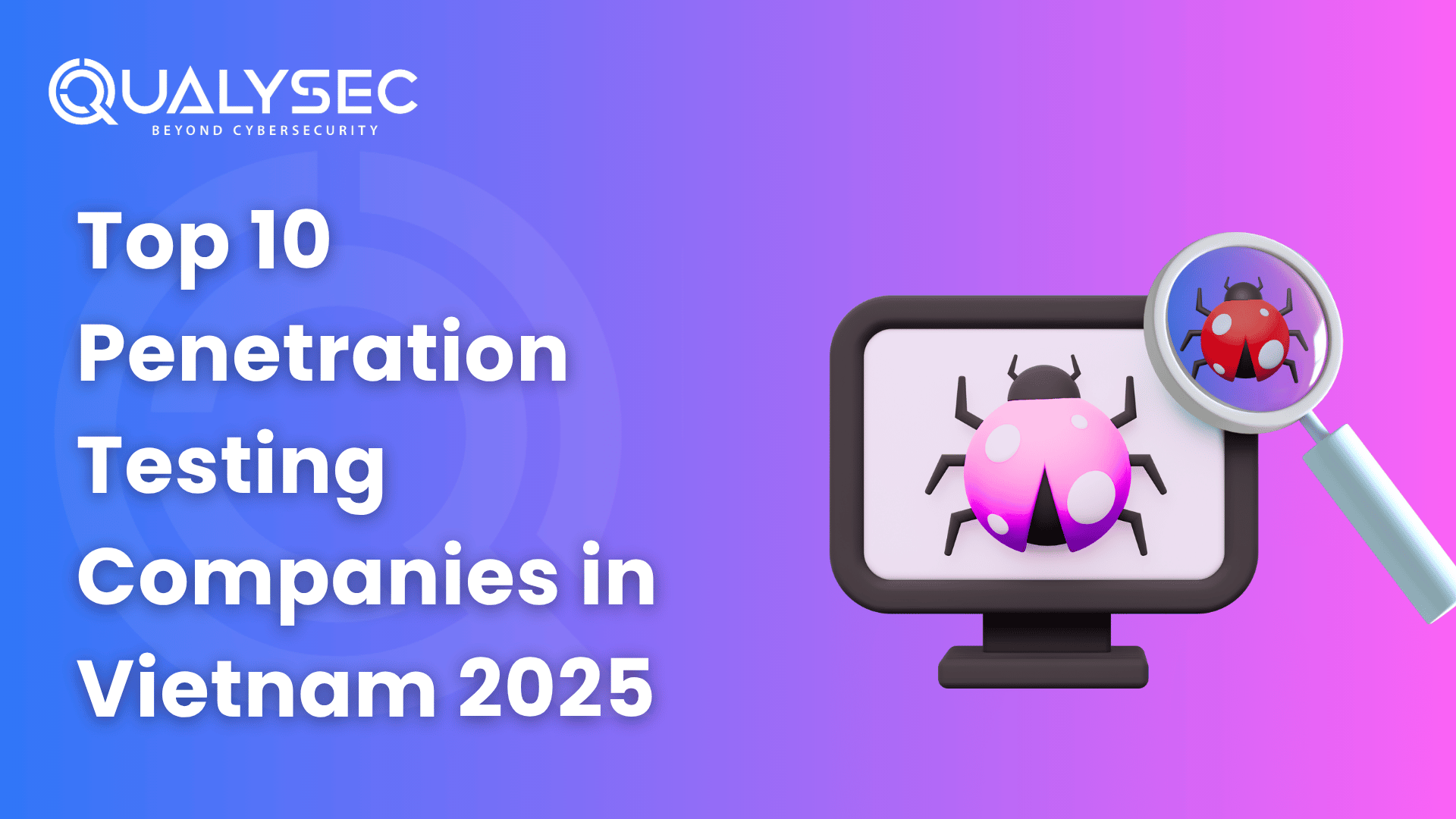

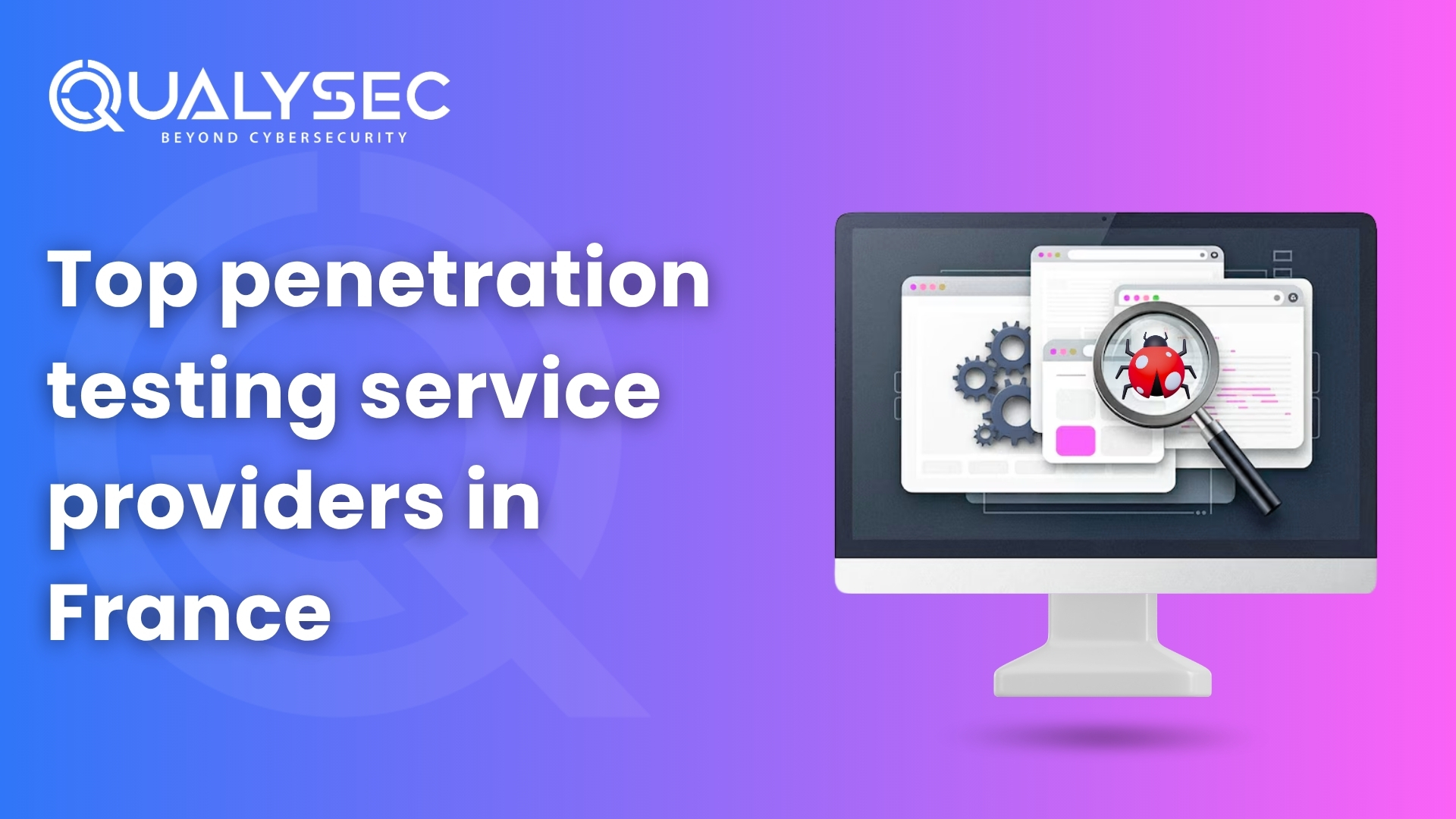



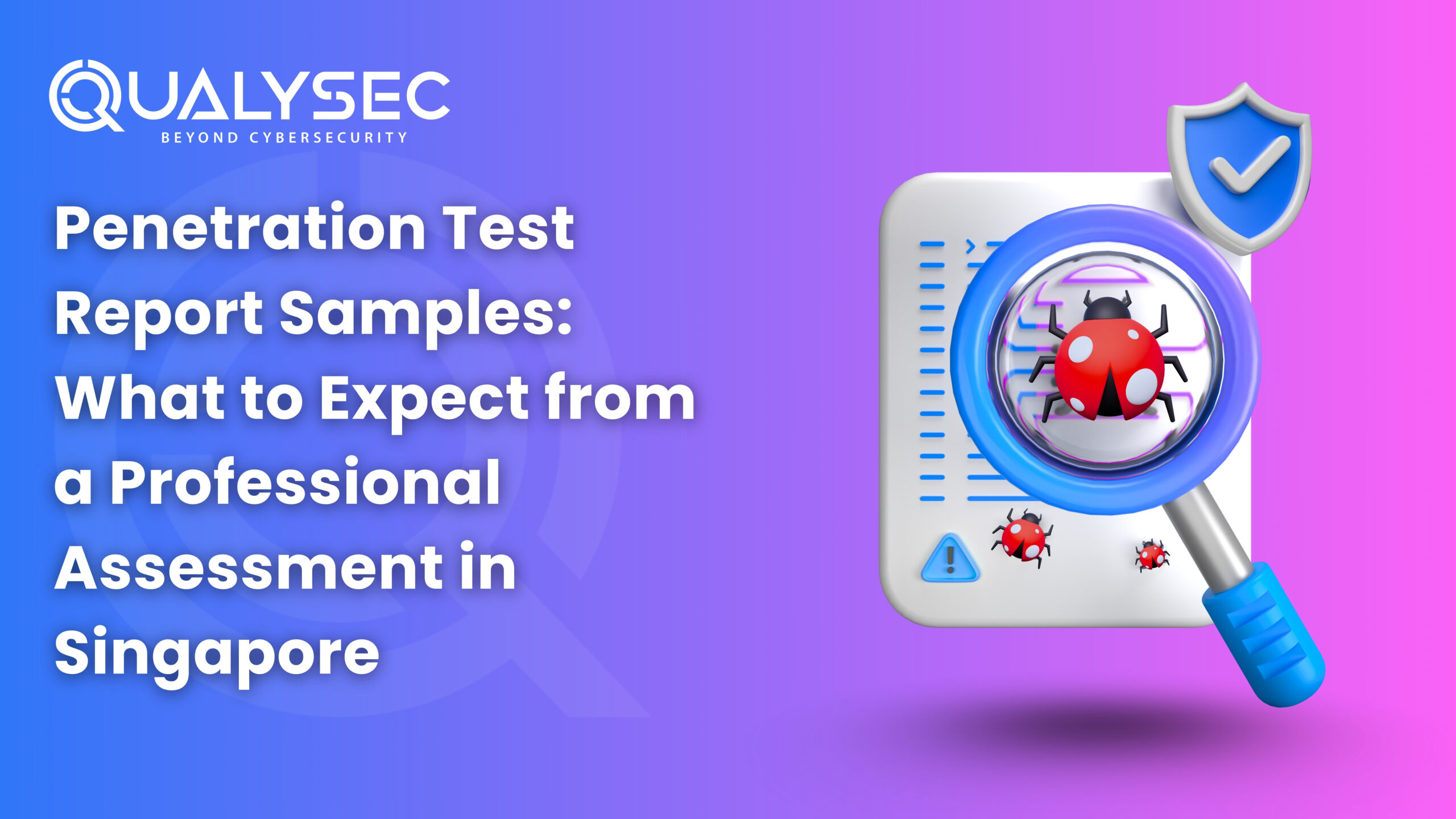
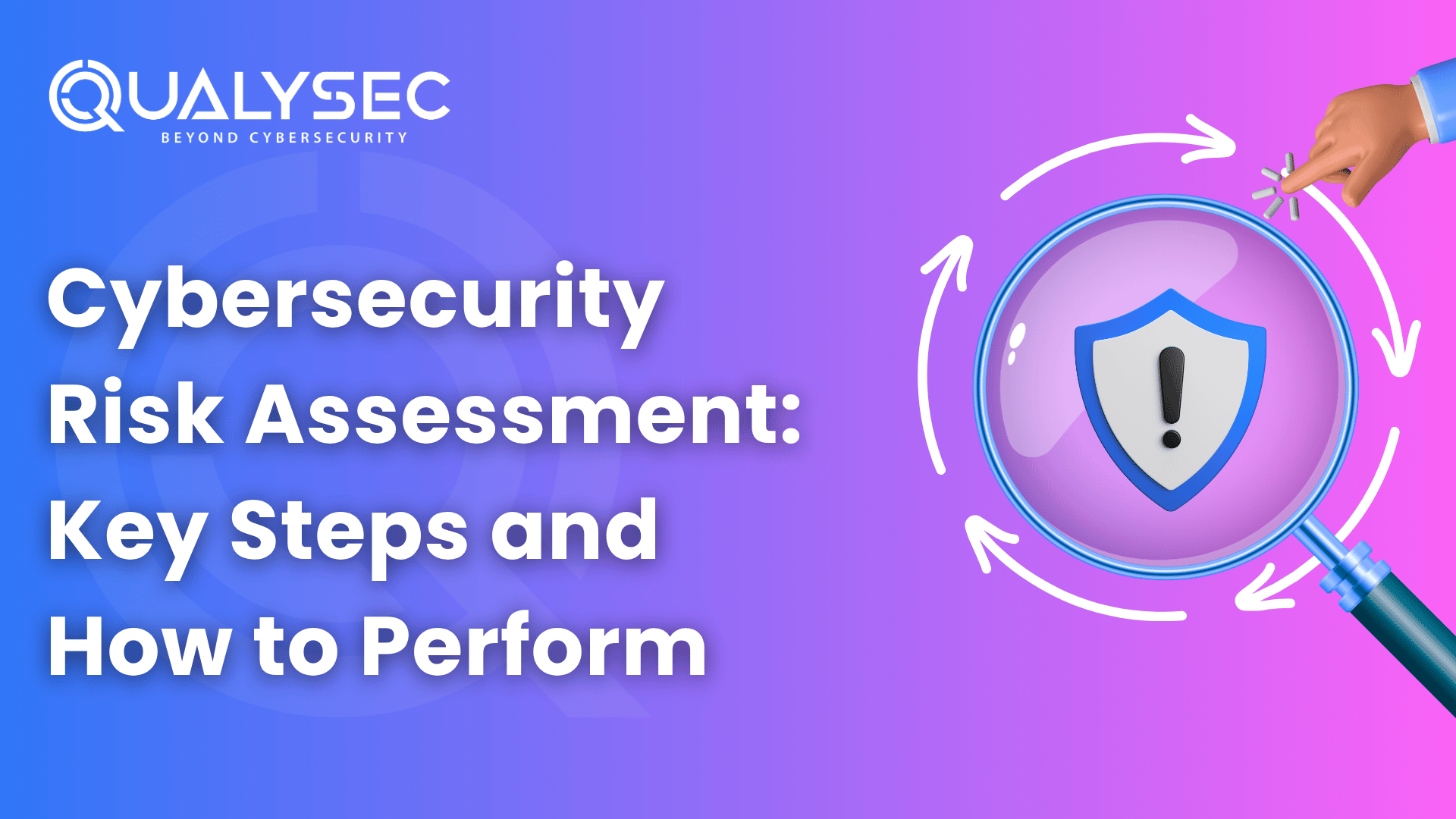
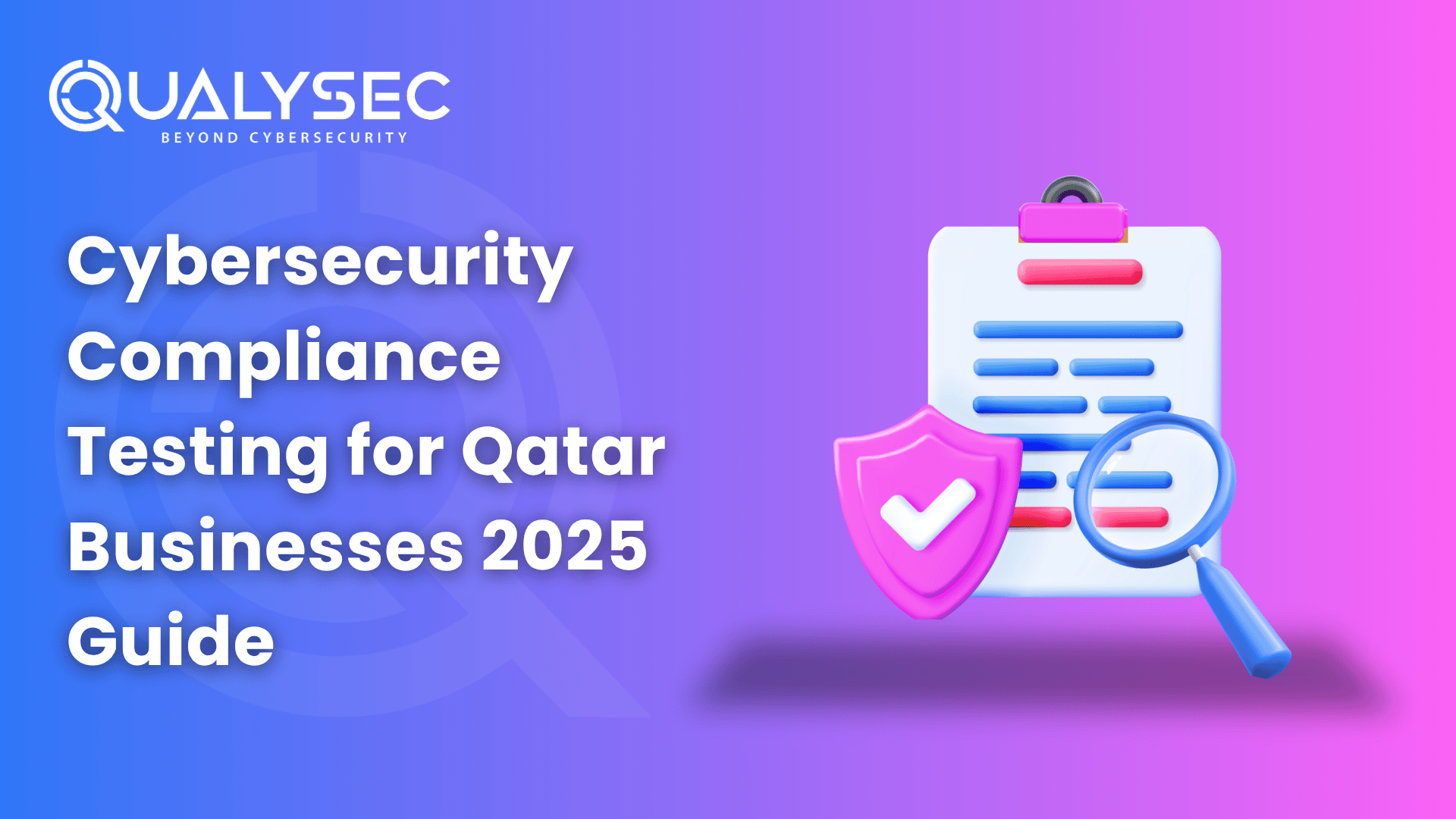
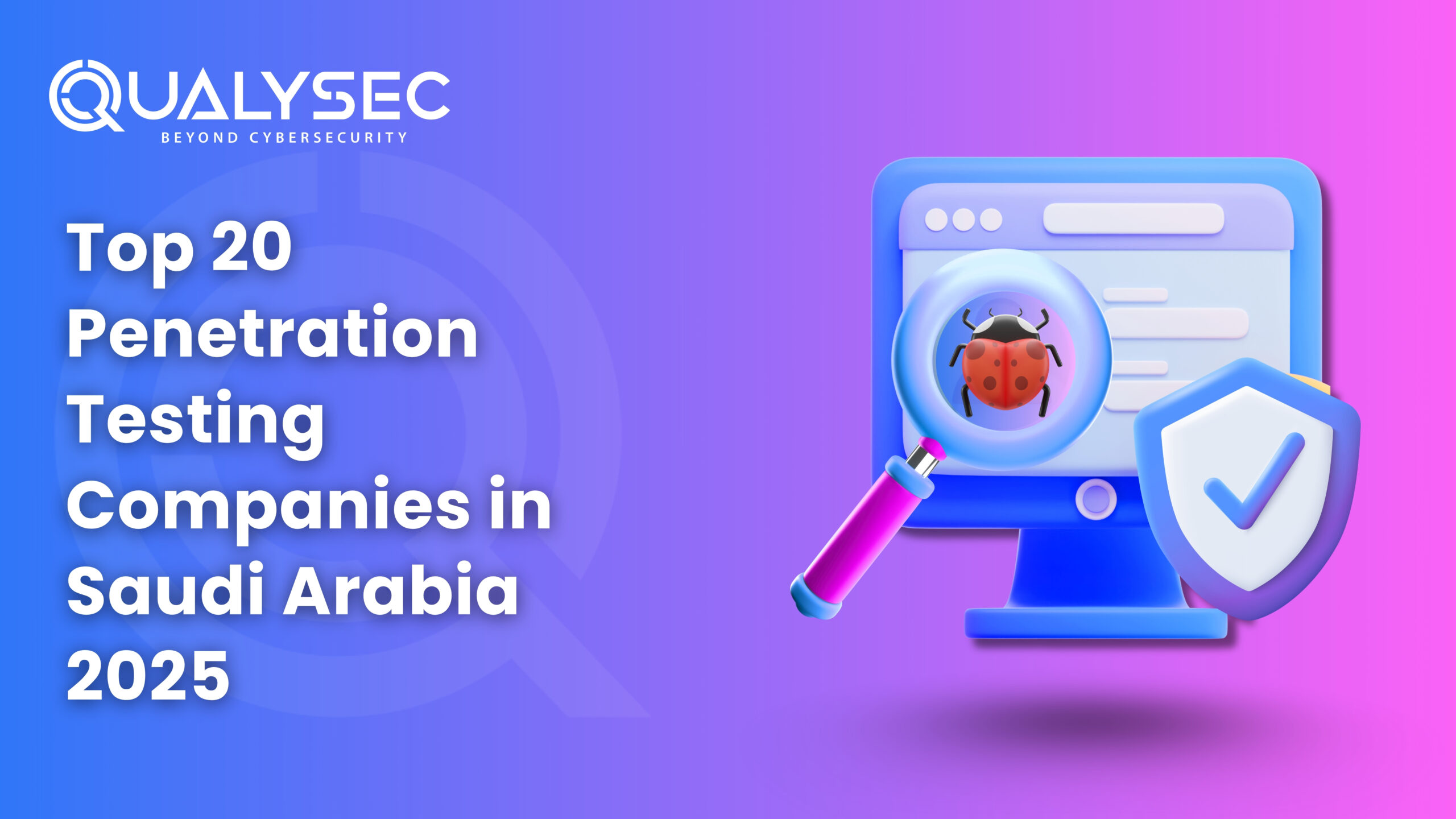
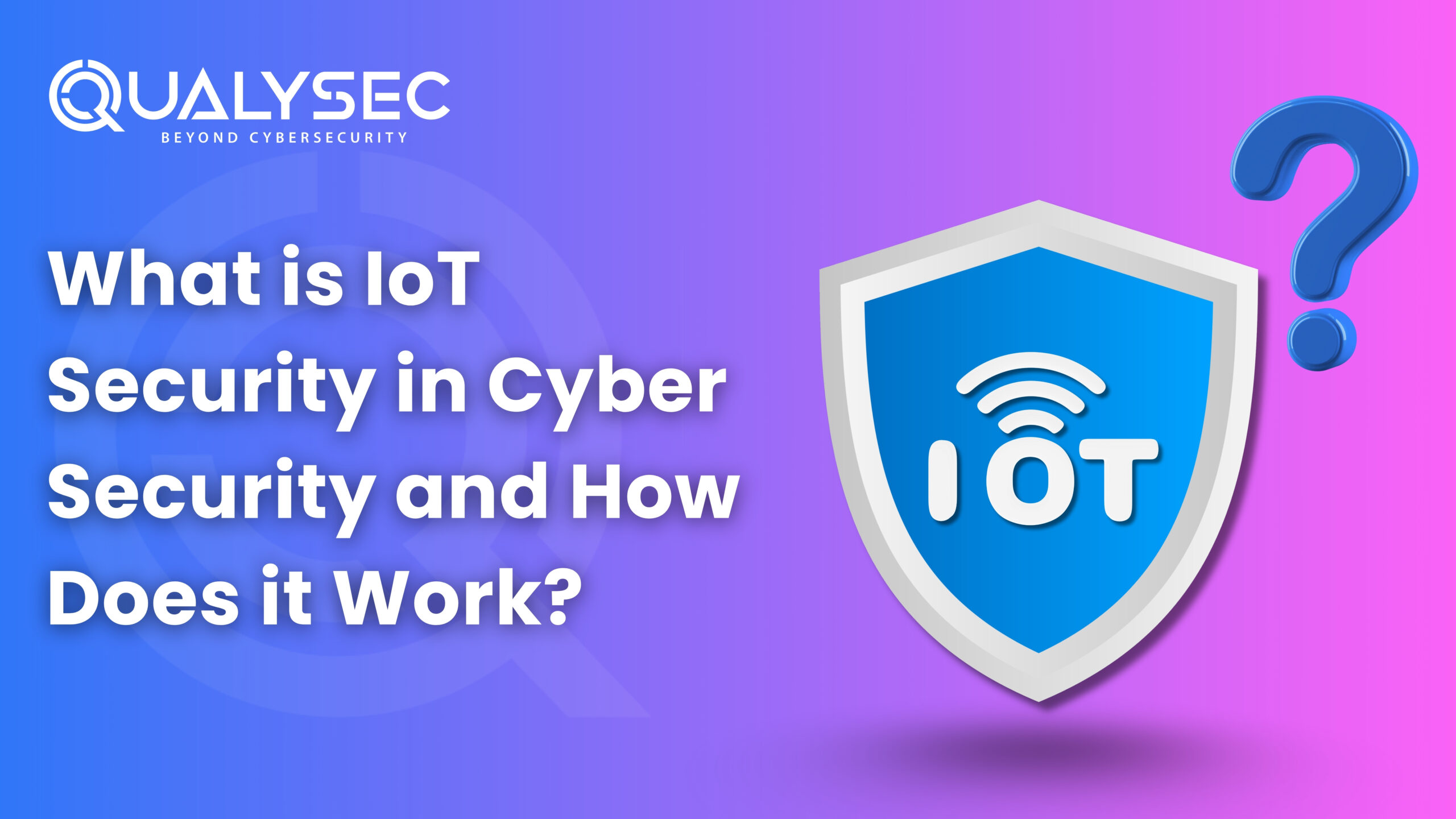
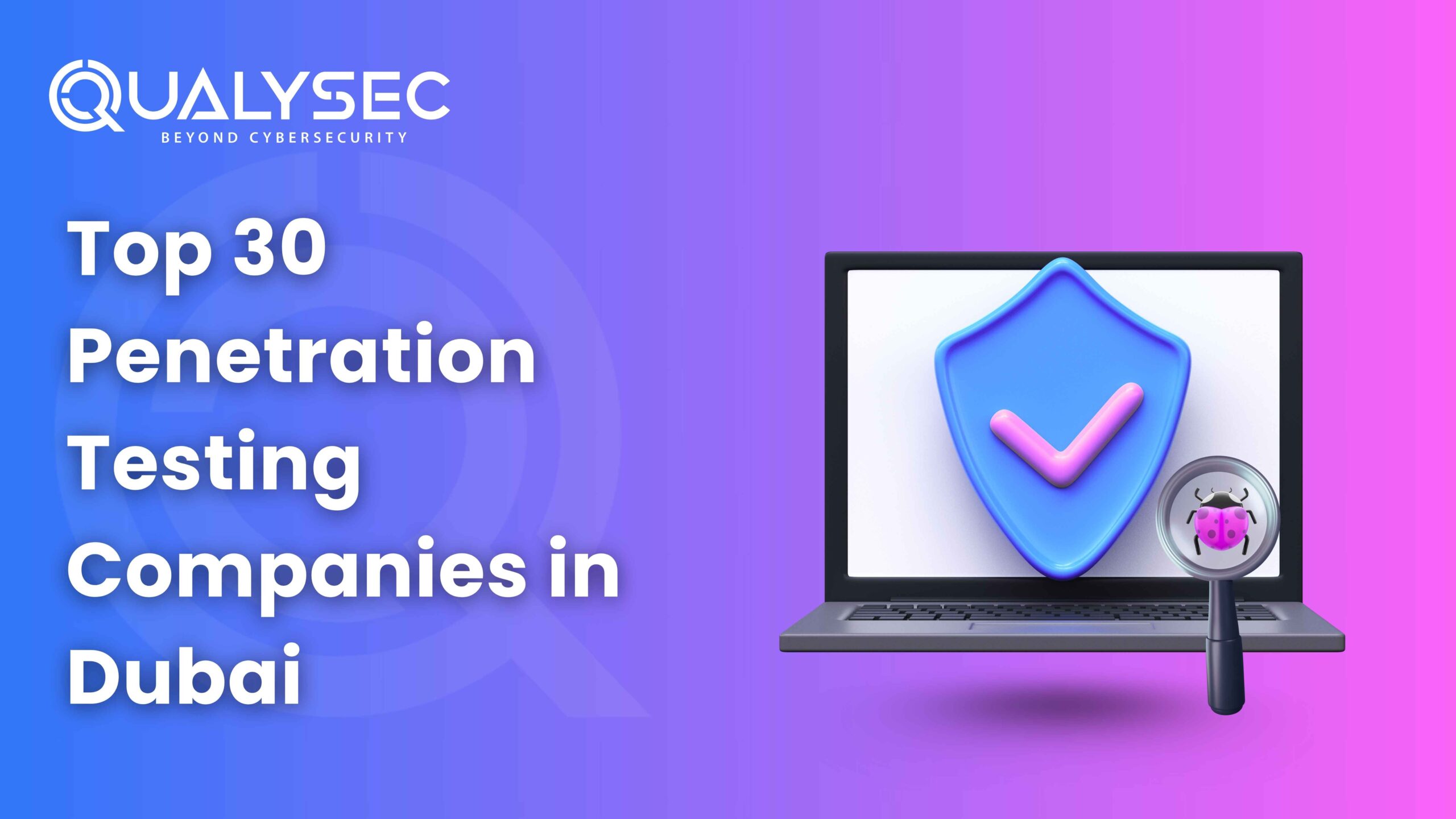

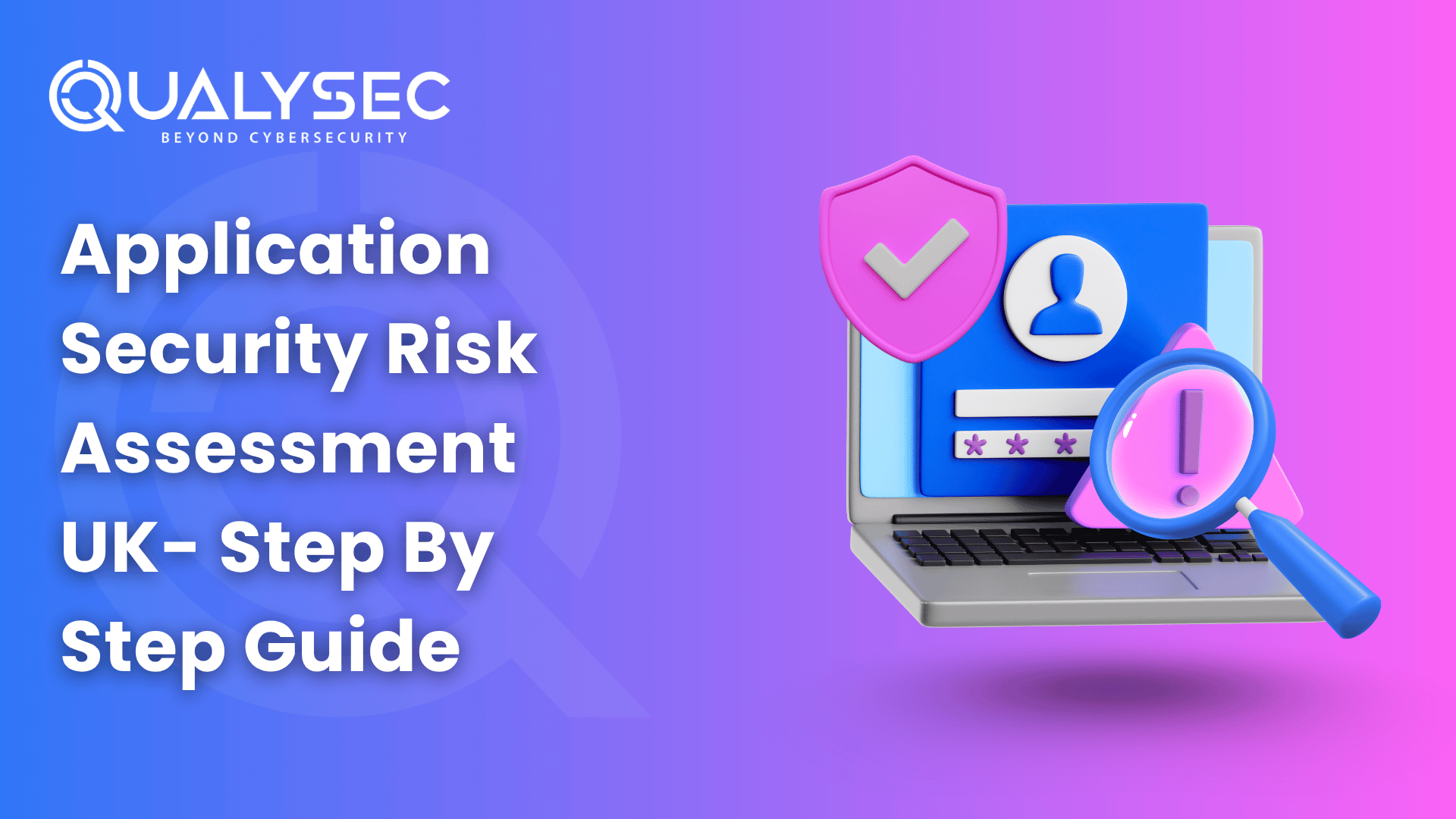

























































































































































































































































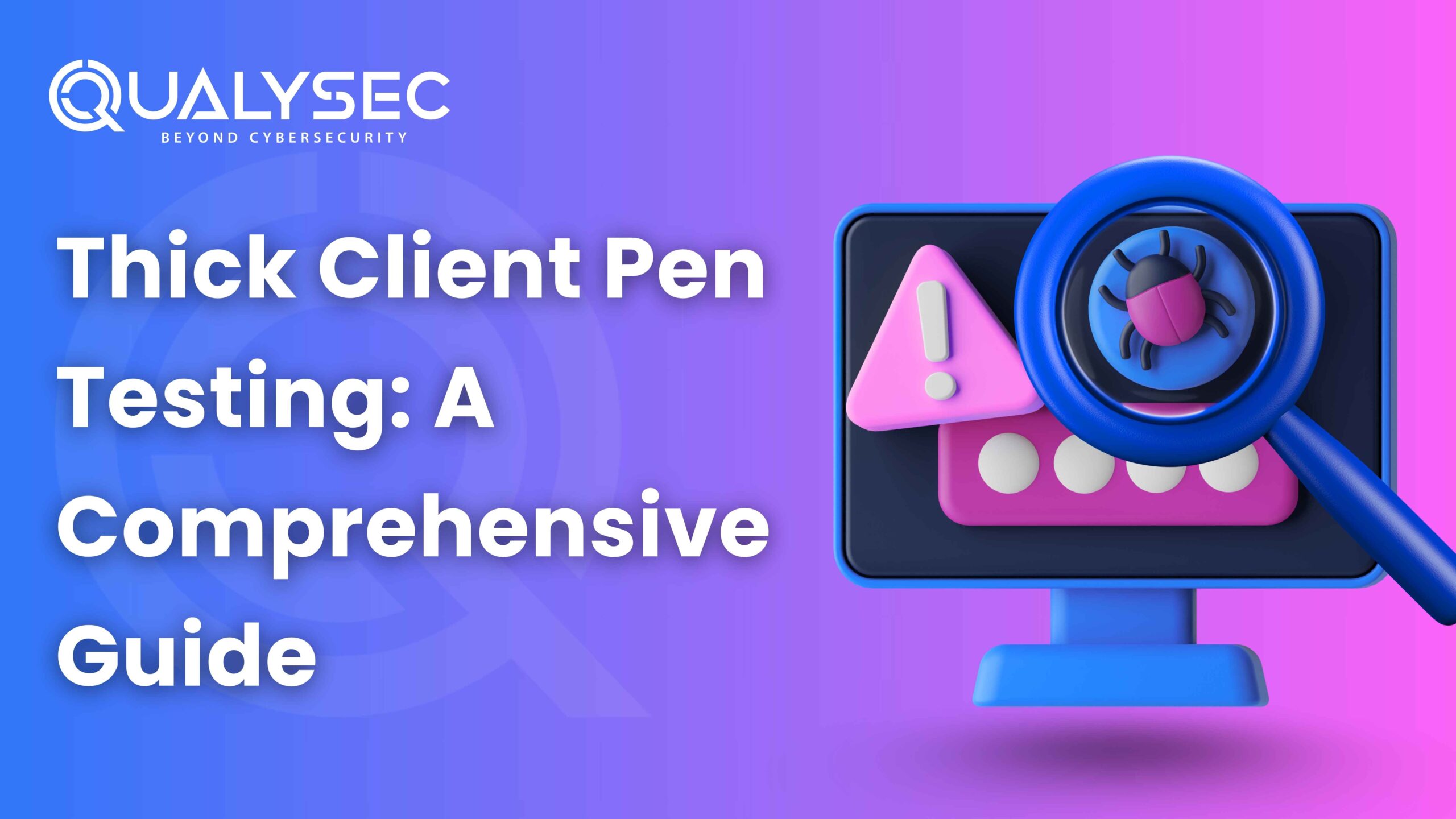

































































0 Comments